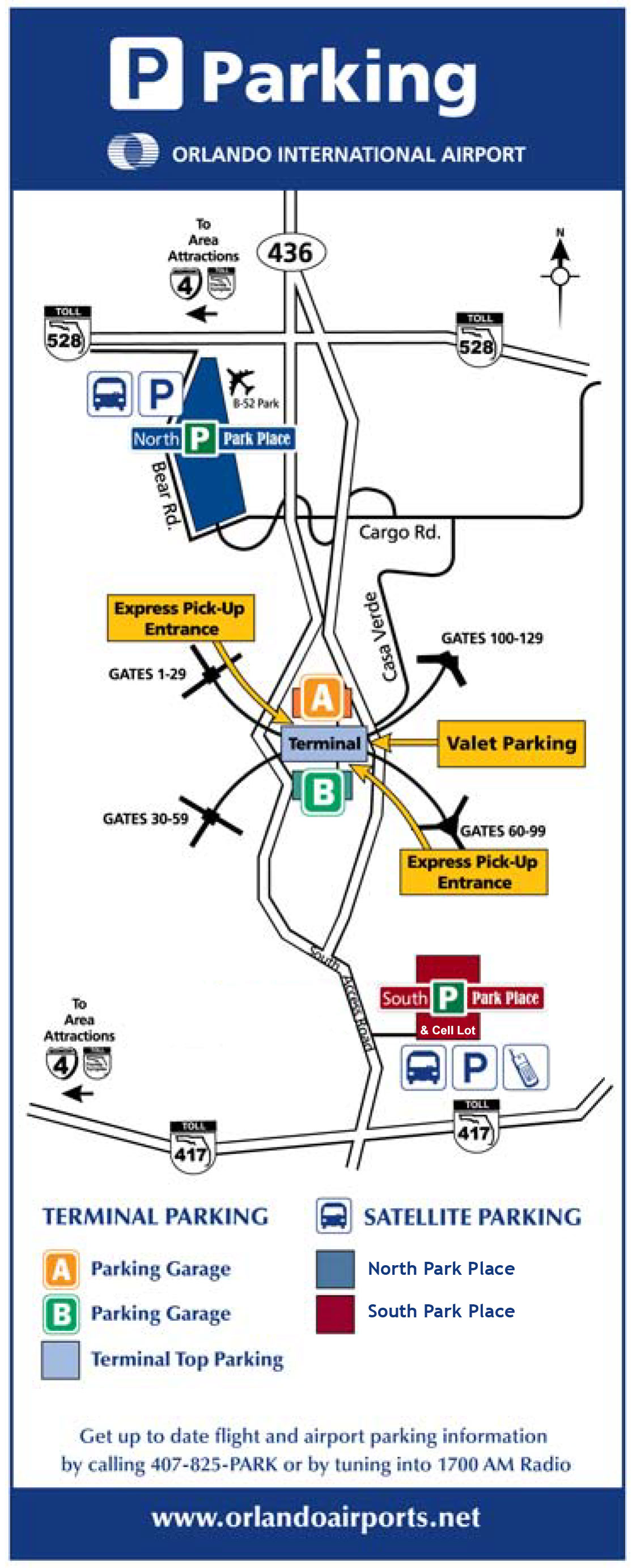
It was also used by EC-121 Warning Star early warning aircraft of the 966th Airborne Early Warning and Control Squadron, a tenant unit at McCoy assigned to the Aerospace Defense Command.ĭuring the Cuban Missile Crisis in October 1962, McCoy AFB became a temporary forward operating base for more than 120 F-100 Super Sabre and F-105 Thunderchief fighter bombers and the primary base for U-2 reconnaissance aircraft flying over Cuba. The base later was home to the 306th Bombardment Wing operating the B-52 Stratofortress and the KC-135 Stratotanker. The following year the base was renamed for McCoy.

A B-47 Stratojet crashed during the 1958 competition, killing Colonel Michael Norman Wright McCoy, commander of the 321st Bombardment Wing, which was the host wing for Pinecastle AFB. In the 1950s, the base began hosting SAC's annual Bombing and Navigation Competition. Air Force in 1947, the airfield was briefly placed in caretaker status, until being reactivated during the Korean War as a Strategic Air Command (SAC) facility for B-47 Stratojets and KC-97 Stratofreighters and renamed Pinecastle AFB. With the establishment of an independent U.S. At the end of World War II, Pinecastle was briefly used for unpowered glide tests of the Bell X-1 from B-29 aircraft before the program moved to Muroc Army Airfield in California– now Edwards AFB – for the world's first supersonic flight. Orlando Army Air Field #2 was renamed Pinecastle Army Airfield in January 1943. Army Air Forces facility and military operations began in 1942 as Orlando Army Air Field #2, an auxiliary airfield to Orlando Army Air Base, now known as Orlando Executive Airport. The airfield was originally constructed as a U.S. The airport was also a hub for Delta Air Lines until 2007. In addition, the airport is home to a maintenance base for United Airlines. At 12,600 acres (5,100 ha), MCO is one of the largest commercial airports in terms of land area in the United States. The airport also serves 135 domestic and international destinations. The airport is also a major international gateway for the mid-Florida region, with over 850 daily flights on 44 airlines. Southwest is the airport's largest carrier by passengers carried. The airport serves as a hub for Silver Airways, an operating base for JetBlue, Southwest Airlines and Spirit Airlines, as well as a focus city for Frontier Airlines.
#Mco arriving flights code
The airport code MCO stands for the airport's former name, McCoy Air Force Base, a Strategic Air Command (SAC) installation, that was closed in 1975 as part of a general military drawdown following the end of the Vietnam War. In 2019, it handled 50,613,072 passengers, making it the busiest airport in the state and tenth busiest airport in the United States. Orlando International Airport ( IATA: MCO, ICAO: KMCO, FAA LID: MCO) is a major public airport located 6 miles (10 km) southeast of Downtown Orlando, Florida.

Passengers: Airports Council International Wearing a mask over your nose and mouth is currently not required in indoor areas of public transportation, including on airplanes, buses, trains and other forms of public transit.Source: Aircraft operations: Federal Aviation Administration The vaccination requirement does not apply to US citizens, lawful permanent residents or US nationals. Find the complete list of accepted vaccines here, along with acceptable ways to prove vaccination. Mixed dose vaccinations will also be accepted. The vaccine must either be approved by the US Federal Drug Administration or must have an emergency use listing from the World Health Organization (such as Astrazeneca). If you meet the criteria for one of these categories, you will need to fulfill additional requirements to travel by air to the United States. Some categories of noncitizen, nonimmigrants are excepted from this requirement. national, lawful permanent resident, or traveling to the United States on an immigrant visa), you will need to show proof of being fully vaccinated against COVID-19 before you travel by air to the United States from a foreign country.Īs of 12:01AM ET on June 12, 2022, CDC not longer requires air passengers traveling from a foreign country to the United States to show a negative COVID-19 viral test or documentation of recovery from COVID-19 before they board their flight. citizen who is a nonimmigrant (not a U.S.

Covid-19: Regulations for travel to United States


 0 kommentar(er)
0 kommentar(er)
